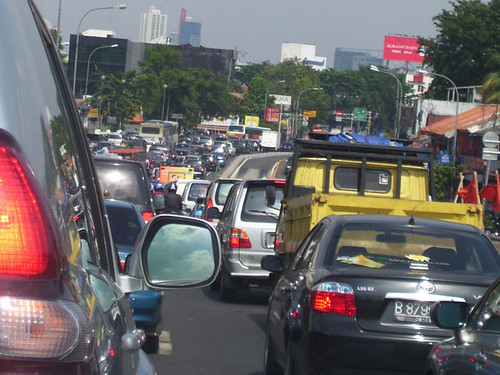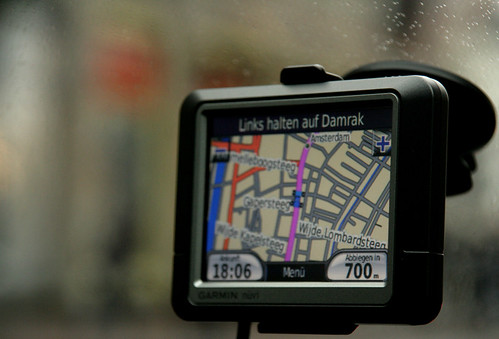TSAG Case Studies Workshop and Webinar: A Rural Emergency Incident Utah US Route 163 Motor Coach Crash – August 26
Webinar OverviewTSAG Case Studies Workshop and Webinar
|
|
|
Thus, through reviews of actual recent events, incidents, and first-responder experiences, Case Studies Workshops facilitate after-event discussions by multi-discipline and multi-agency professionals for the purpose of:
- Clarifying actual circumstances of the event / incident
- Reviewing established response protocols and procedures
- Reviewing public safety technology applications
- Identifying unique management and response circumstances and challenges
- Reviewing successes, failures, and lessons-leaned
The TSAG Case Studies Workshop & Webinar series is focused on the fundamental TSAG “technologies for public safety” TSAG mission.
Learning Objectives
The broad learning objectives of the TSAG Case Studies Workshop series include:
- Identify transportation-safety technologies and their real-time applications to operations surveillance and management
- Identify incident identification, emergency response and management
- Identify inter-agency and inter-discipline coordination and communications
- Learn of technology successes, failures, and lessons-learned
Federal Host:
Linda Dodge, Chief of Staff, US DOT, ITS Joint Program Office
Workshop Presenters:
John Leonard, Utah Department of Transportation
As Traffic & Safety Operations Engineer, John Leonard evaluates the operational characteristics of projects, and coordinates their safety and efficiency aspects with UDOT project teams to determine that operational safety objectives are addressed. He participates in project reviews and promotes consensus opportunities to enhance safety outcomes and best practices. John manages resource and training activity for UDOT regions, private contractors and headquarters leadership. Through application of Context Sensitive Solutions, he promotes enhancement of UDOT relationships with public interests and identifies enhancements to serve the needs of UDOT partners and external customers. John assisted the National Transportation Safety Board (NTSB) in their investigation of the Utah, Route 163 Motor Coach crash. He is a member of the Institute of Transportation Engineers and the National Traffic Incident Management Coalition.
Sergeant Jeff Nigbur, Utah Department of Public Safety
Sergeant Jeff Nigbur is the lead Public Information Officer for the Utah Department of Public Safety. He oversees public information activities for all divisions within the department, including the Utah Highway Patrol, State Crime Lab, Bureau of Criminal Identification, Utah Division of Homeland Security and State Fire Marshal, among others. Jeff has been involved with several high profile cases such as the Crandall Canyon Mine Disaster, Milford Flat Fire, the USU Van Roll-Over and other media awareness campaigns. Jeff received his Associates of Science degree in Criminal Justice in 2004 from Salt Lake Community College. He later earned a Bachelors degree in Criminal Justice Administration from the University of Phoenix. Jeff is currently a motor squad instructor, DPS dive team master diver, and a member of the Utah Department of Public Safety’s SWAT team.
Linda Larson, San Juan County, Emergency Medical Services
Ms Larson has been in the EMS field for nine years and is the Director of San Juan County EMS Bureau, providing EMS services to one of the largest Utah counties plus portions of the Navaho Nation in Utah. She also serves as Assistant Team Leader for the Utah Department of Health, Bureau of EMS southeastern EMS Strike Team. Linda had a key role in the 2008 Motor Coach crash, declaring the crash a Mass Casualty Incident and engaging multiple agencies and multiple evacuation strategies. She managed on scene medical coordination and transportation from surrounding counties and adjacent State agencies. Ultimately the incident involved 4 air transport teams from multiple states, and the activation of the State of Utah, Bureau of EMS Strike Teams and CISM Team.
Reference in this webinar to any specific commercial products, processes, or services, or the use of any trade, firm or corporation name is for the information and convenience of the public, and does not constitute endorsement, recommendation, or favoring by U.S. Department of Transportation.










